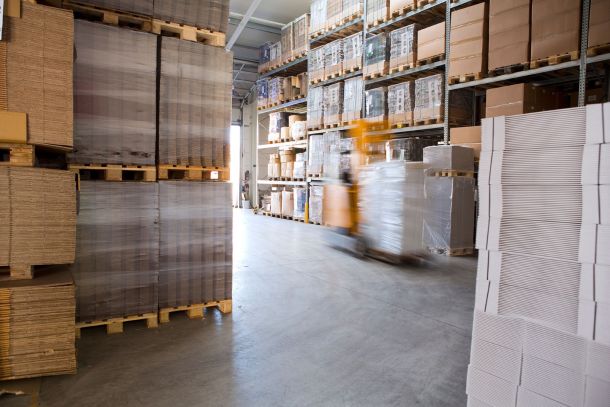Measuring the carbon footprint at Sacytrans

We have already commented on more than one occasion that the time has come to move from words to deeds and that is what Sacytrans is doing.
Intermodal transport has important environmental advantages:
- It saves on packaging and packing of goods,
- It reduces energy consumption per unit load and minimizes CO2 emissions from the means/vehicles used.
This implies a reduction of the carbon footprint of transport and a more sustainable model, even so, in Sacytrans we want to go a step further in our commitment to the environment.
Thanks to the help of Bidasoa Activa and the company ADOS Sostenibilidad y Clima, specialized in sustainable development and climate change, Sacytrans is measuring its carbon footprint to belong to the registry of the Ministry of Ecological Transition and Demographic Challenge of carbon footprint, compensation and carbon dioxide absorption projects.
Our intention is to know where we are starting from in order to have an improvement plan that will make us reduce our footprint year by year.
In Sacytrans we have a global vision of our environmental impact, therefore, our studies are not only focused on our carbon footprint to scope 1 and 2, but we are also studying those of scope 3, those that are not under our direct control.
The Ministry of Ecological Transition and Demographic Challenge, through Real Decreto 163/2014,, has stipulated a series of requirements to be met. This is an instrument with which it is intended to encourage the fight against climate change, contributing to the reduction of the level of greenhouse gas emissions.
What are the requirements?
The registration of the carbon footprint and its reduction commitment is governed by the following basic criteria:
The type of carbon footprint to be registered corresponds to the carbon footprint of the organization.
The minimum scope required for registration corresponds to scope 1 and 2 greenhouse gas emissions. In any case, the calculation of scope 3 emissions is encouraged; these can also be registered.
All Scope 3 emissions and Scope 1 and 2 emissions in the case of non-SME or SME organizations with process emissions must be verified by an independent third party.
Your organization must have a carbon footprint reduction plan.
We are currently immersed in this work and hope to be able to publish our registration in the coming weeks.
In a continuing effort towards its commitment to environmental sustainability, Sacytrans, an international transport company, is pleased to announce this important milestone reached on 17 November.
Once the footprint has been calculated, a series of actions have been designed to pursue three fundamental objectives.
- Firstly, in order to reduce the carbon footprint, nine actions related to energy, transport and procurement policies have been established.
- Secondly, six actions have been agreed upon to foster sustainable engagement at all levels of the organisation, focusing on sustainable management and scope.
- Finally, with the third objective of mitigating the risks arising from climate change at Sacytrans, it is proposed to develop a protocol that adapts the company's various workplaces to climatic adversities.
Our focus on sustainability is not only a commitment; it is our responsibility to the future. At Sacytrans, we work tirelessly to ensure that every step we take in the intermodal field is aligned with preserving the environment and creating a more sustainable future.
Related Posts

Freight transport from Spain to Switzerland: details and special features

Increased security in intermodal transport



